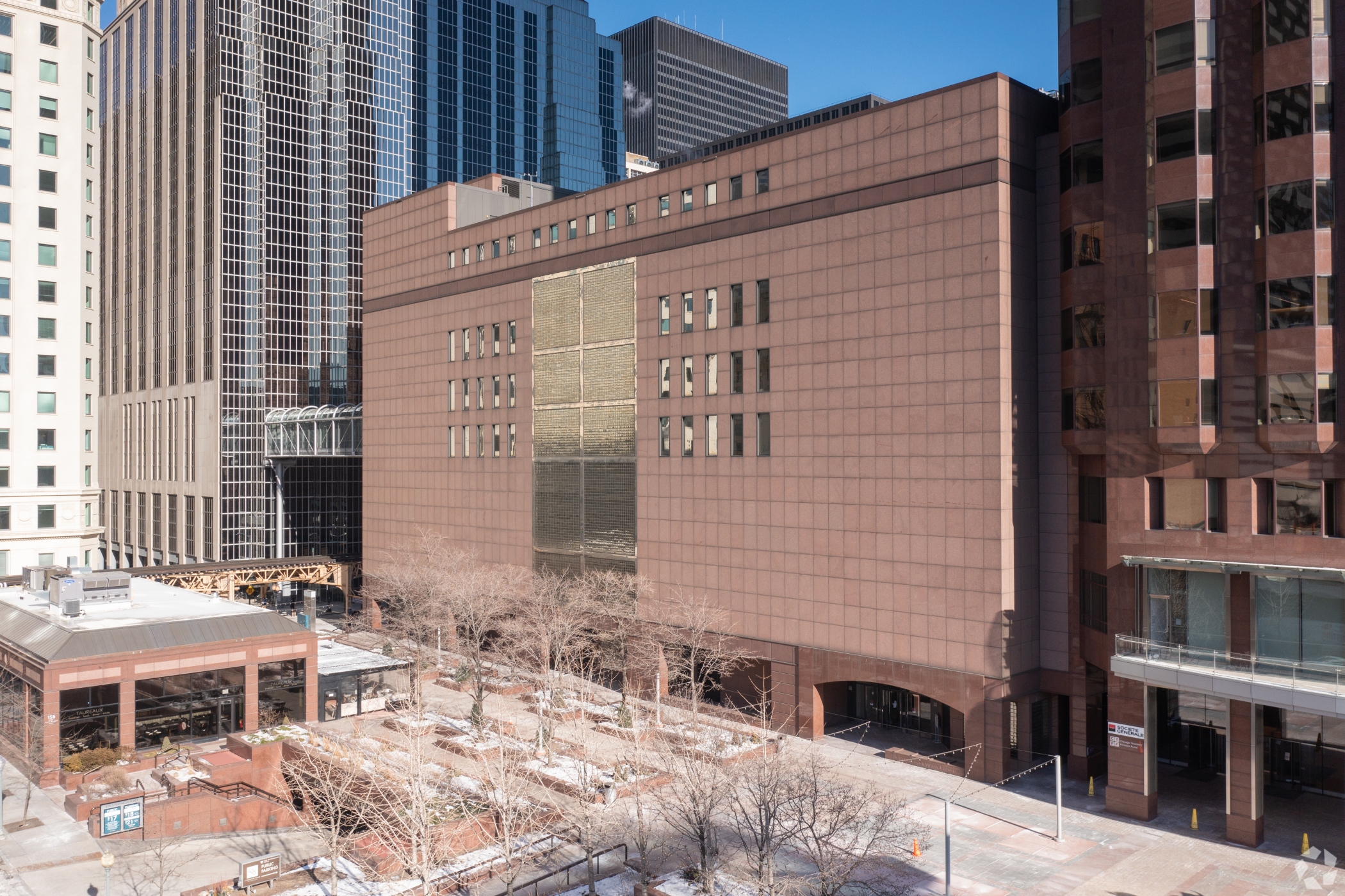Dougal Cameron wants to make Houston's first office skyscraper into a place where entrepreneurs and investors work and live near each other.
Sometime early in the new year, Cameron's company, Houston-based Cameron Management, plans to begin turning the 95-year-old Niels Esperson Building into an entrepreneurial vertical village that includes residential units in the top floors. "My wife and I will live in one of them" and probably could have 10, maybe 15 of the residential units pre-leased, Cameron, president of Cameron Management, told CoStar News.
He is attempting to put a twist on a growing niche in real estate where old office buildings are being converted into residential living, whether fully or just a portion. The office space slated to be consumed by conversions across the country represents just a small part of the overall office market but it is attracting billions of dollars in investment.
Marty Burger, CEO of Silverstein Properties, told Bloomberg in early December that the firm is raising $1.5 billion for a fund to convert old office buildings to residential in Manhattan in New York City, saying that he sees a "$10 billion-plus" opportunity. Chicago put out the call for proposals to convert vintage office buildings in the city's financial district into affordable housing and retail. The city received $1.2 billion in proposals.
Converting office buildings to residential gained momentum during the pandemic when office space emptied as companies sent people home to work and a housing shortage grew more prevalent. Office buildings still languished when many companies chose to maintain some form of work-from-home, which meant less office space was needed, and others simply chose to not bring any employees back to the office.
Older buildings became more obsolete, making them attractive for conversion to residential use. Julie Whelan, CBRE's global head of occupier thought leadership, told a panel of real estate professionals in October, which included Houston's Cameron, that converting to residential or mixed-use was the best option, with mixed-use the most likely to happen.
The biggest challenge, however, is cost. It's expensive to convert the old office buildings, which means a developer has to get them cheap. Still, "even the cheapest building is not going to be the best," Whelan said.
Office buildings tend to have large floor spaces, making them difficult to economically carve up for apartment units. That requires creativity, such as creating an atrium down the center of the building or some other means of bringing light to interior units. All of the mechanical elements in a building have to be reworked.
With the Esperson building in Houston, Cameron said his firm owns it for under the "dirt value." Cameron Management bought the building in 2005, sold it in 2007 and then bought the loan on the building in 2013 and gained ownership again. Cameron Management bought out its partner in 2021 and got the loan extended.
The building is surrounded by the downtown tunnels, a subterranean passageway that runs some 95 city blocks that has food courts, shopping and other services.
"There's a a ton of stuff I don't have to pay for" in amenities within the building, Cameron said.
Historic Roots
At the time the 411-foot-tall Niels Esperson building was built in 1927 by Mellie Esperson to honor her late husband, it was the tallest structure west of the Mississippi River. The building is recognizable for its iconic cupola, columns and urns and is one of the only structures in downtown Houston designed with Italian Renaissance architecture. An adjoining building, the 19-story Mellie Esperson building, was constructed in 1941. Mellie Esperson died in 1945 and legend has it she haunts the buildings, where she once lived and had her offices, overseeing her substantial wealth that helped shaped Houston.
Both buildings combine for 570,000 square feet of office space. The buildings have a 56% occupancy, much lower than downtown Houston's average occupancy of 73.9%, according to CoStar data.
Newer office buildings with myriad amenity offerings make it difficult for historical buildings like the Esperson towers to compete for commercial real estate clients, said Dean Strombom, a principal at Gensler Houston. Gensler is the architect designing the Esperson conversion project.
“As leases expire, many tenants are finding ways to reduce their real estate footprint through new ways of working, allowing them to consider a move to newer, amenity rich buildings,” Strombom said. “Many older office buildings work well for residential conversion, with narrower lease depths than modern office product.”

Historical buildings across the country and other underperforming properties have become prime candidates for residential uses, Strombom said.
The number of proposed conversions across the country is a small portion of the overall office market. A CBRE report from December on office conversions noted that if every planned office conversion is completed, and combined with those finished since 2016, "only 91.1 million square feet would be removed from the market, roughly 2% of total U.S. office inventory."
In 2022, at least 42 conversions were completed, one less than 2021, and another 21 got underway. In 2023, there are 217 conversion projects either under construction or in planning stages, but the "completion of many of those may fall prey to financing shortfalls or regulatory issues," CBRE said in the report.
Boston and the San Francisco Peninsula have the most conversions underway while Dallas has several planned and announced projects totaling nearly 6 million square feet, according to the report.
In Houston, the conversion of some of the office space at the Esperson building into residential units is expected to cost about $50 million, but plans will depend on demand, according to Cameron. The 17th floor of the 32-floor Niels Esperson Building will be converted into an amenity floor for both office and residential tenants. Amenities would include a dog park, lounge area, meeting spaces, speakeasy, outdoor lap pool and wellness facility.


